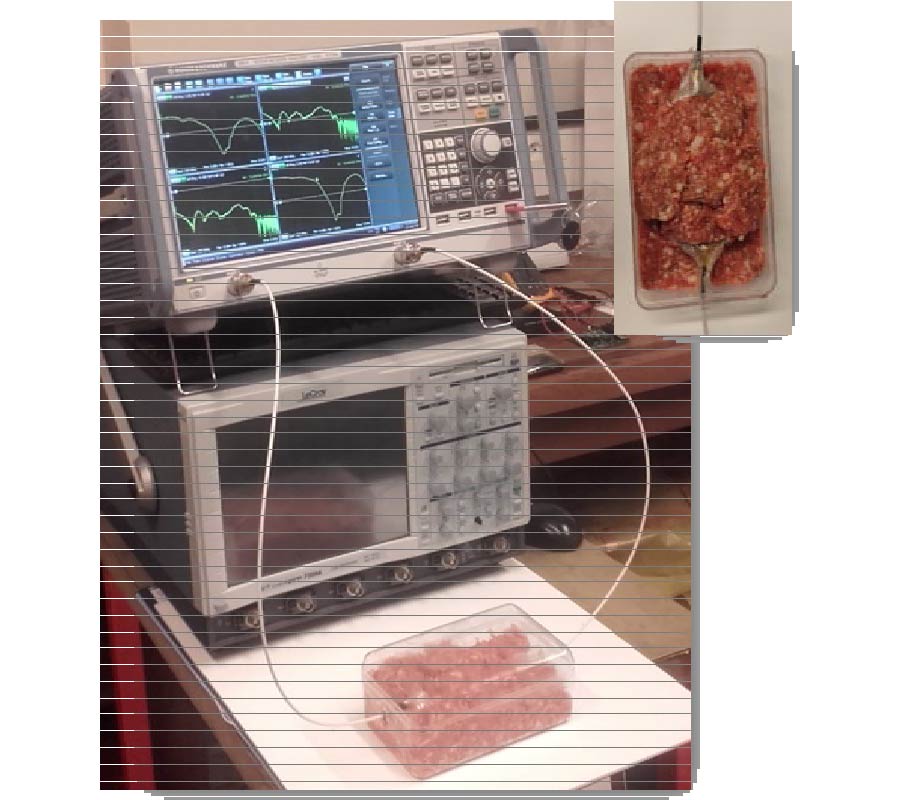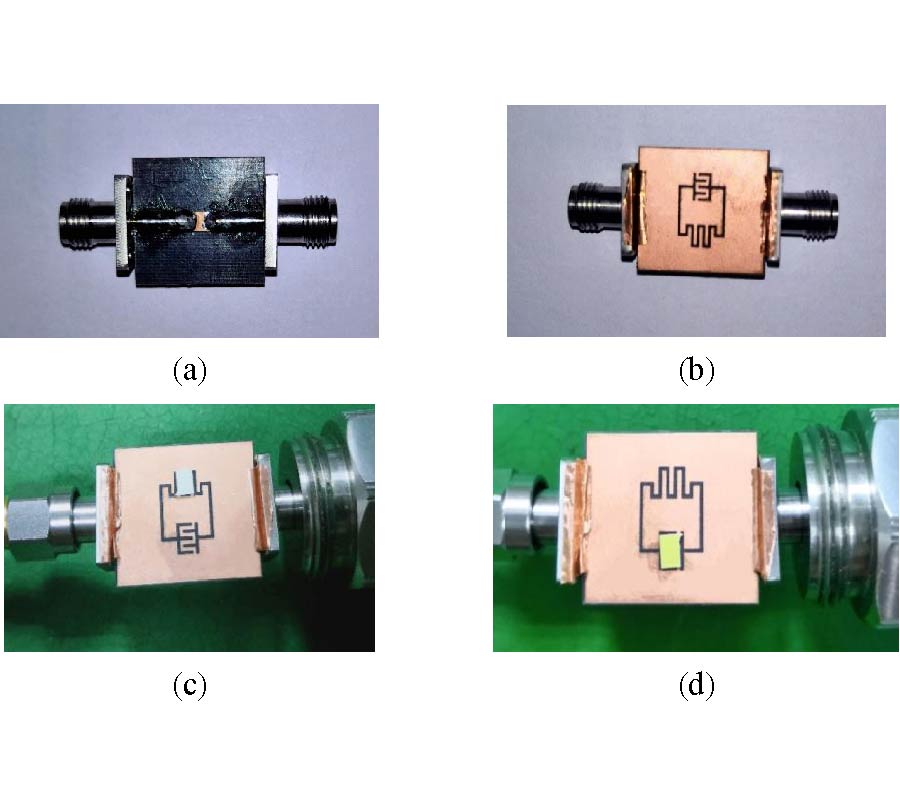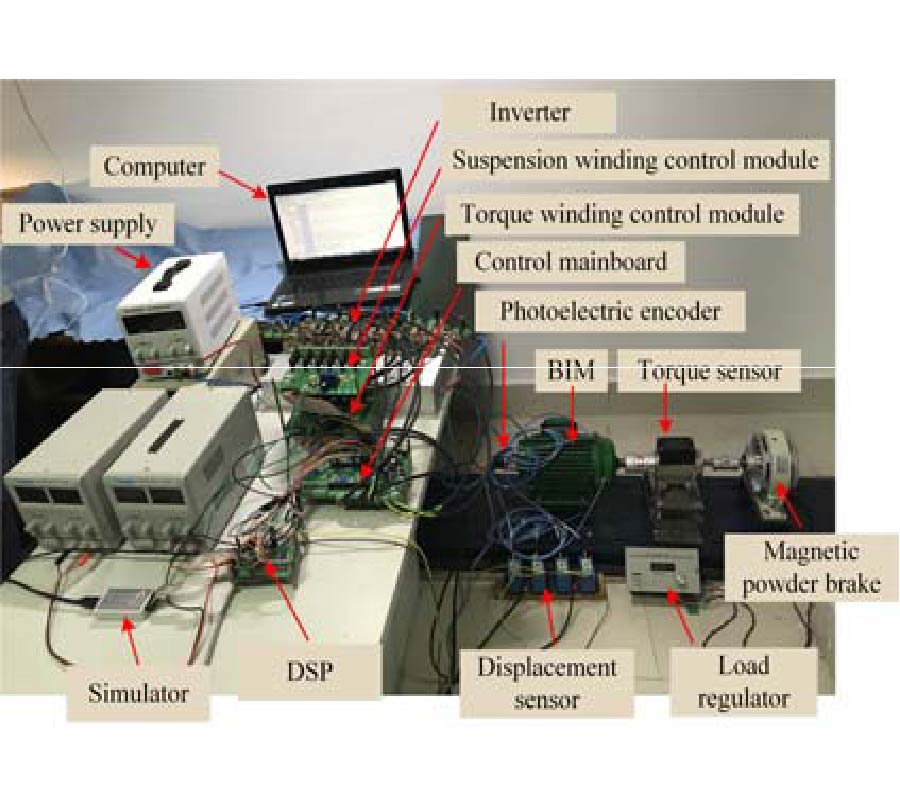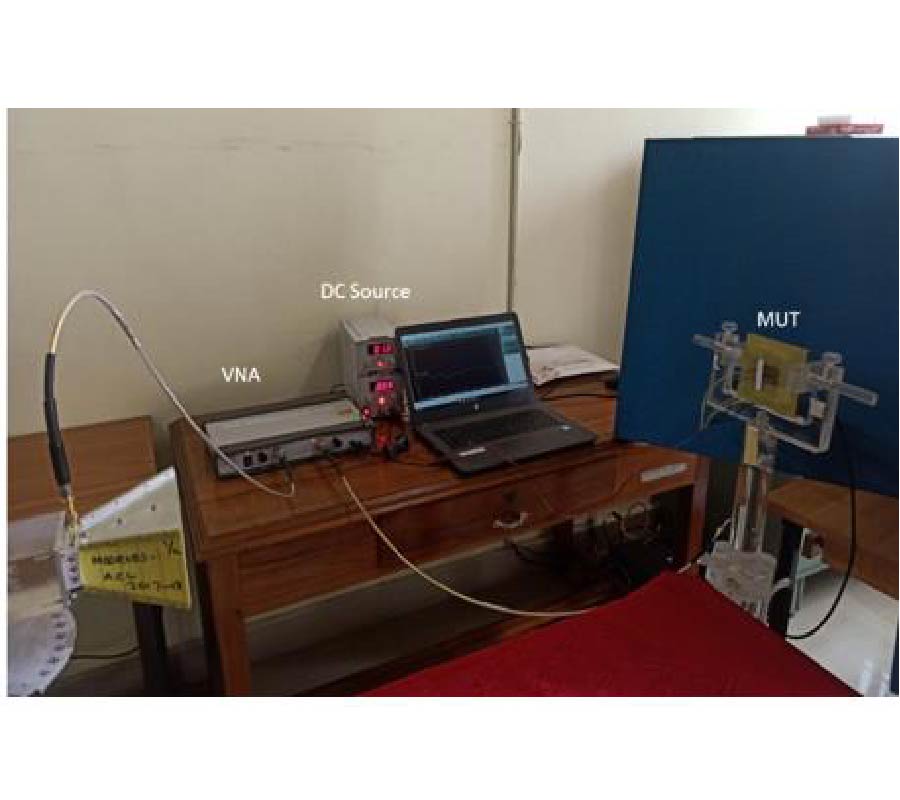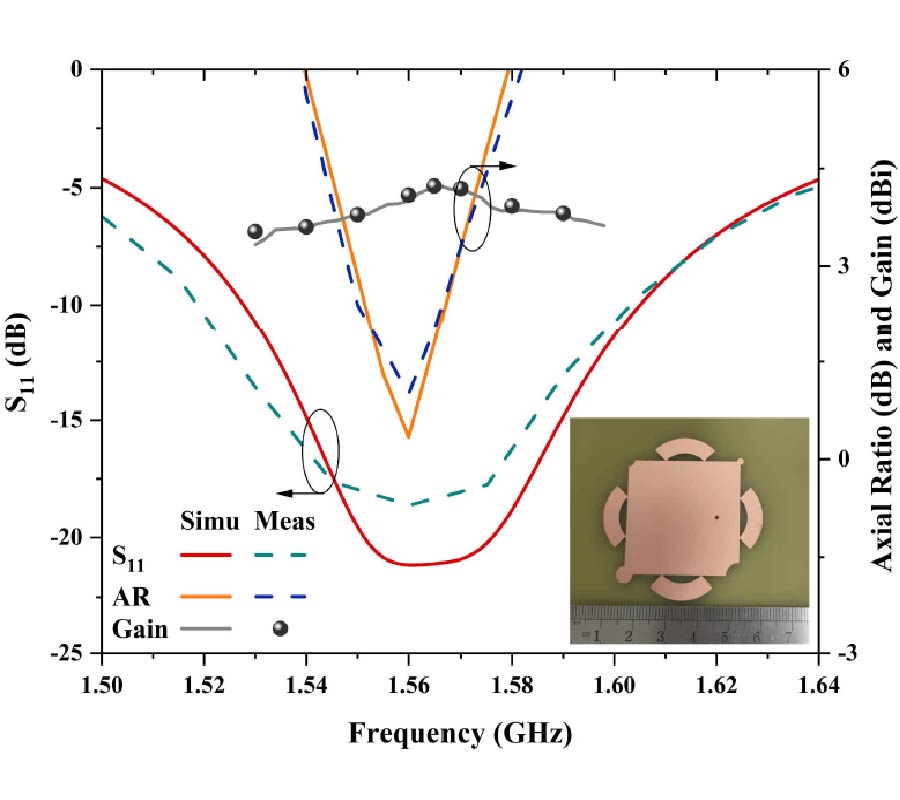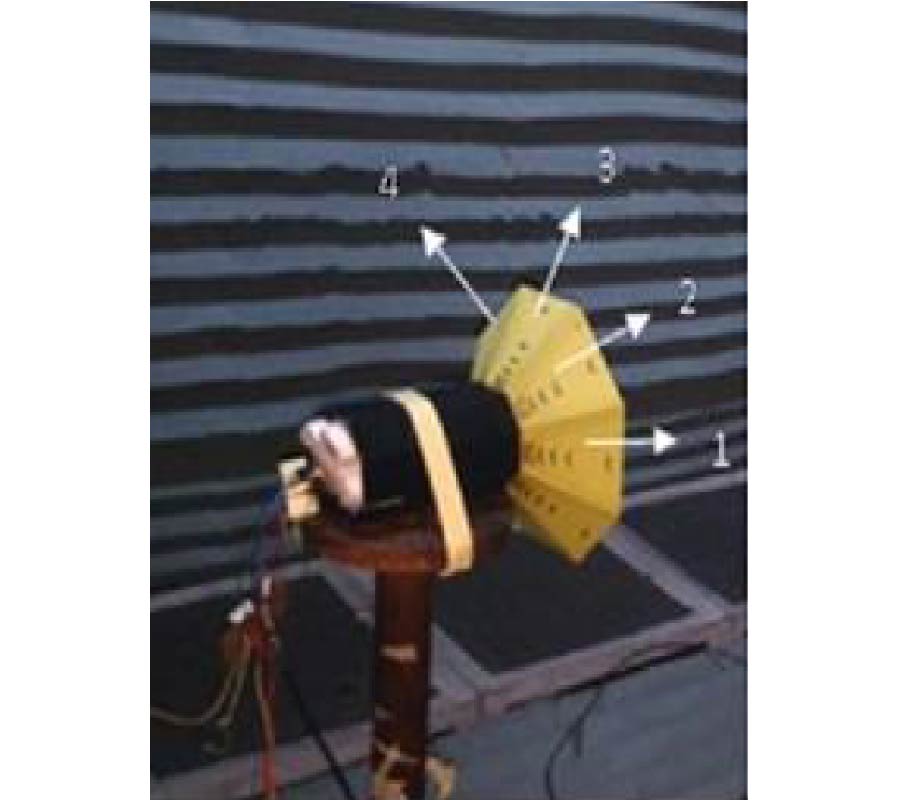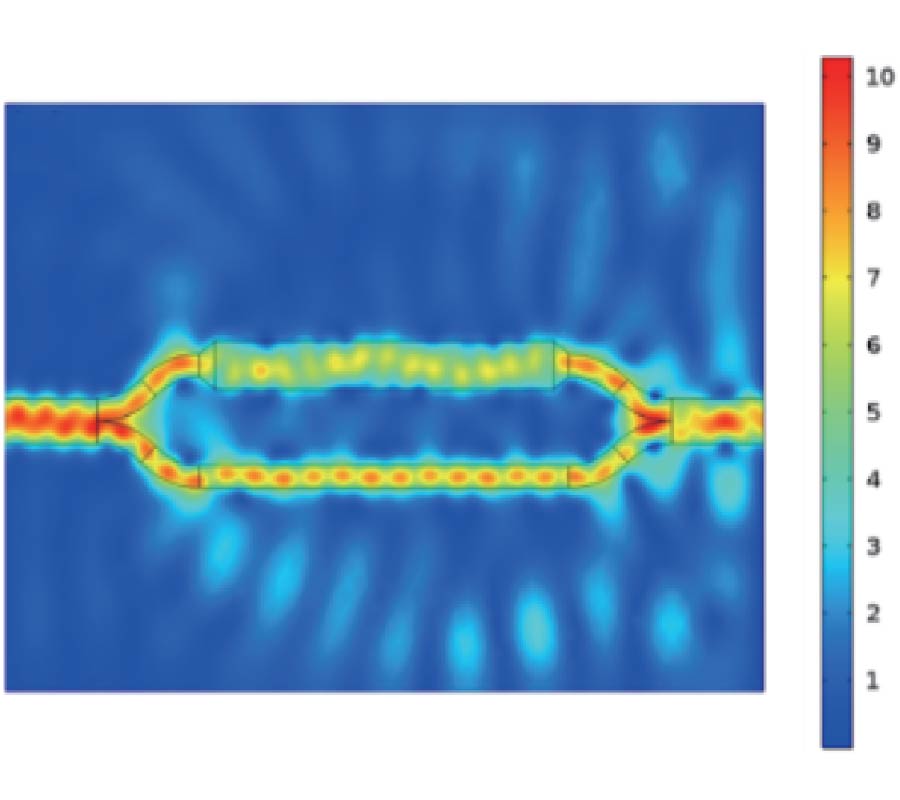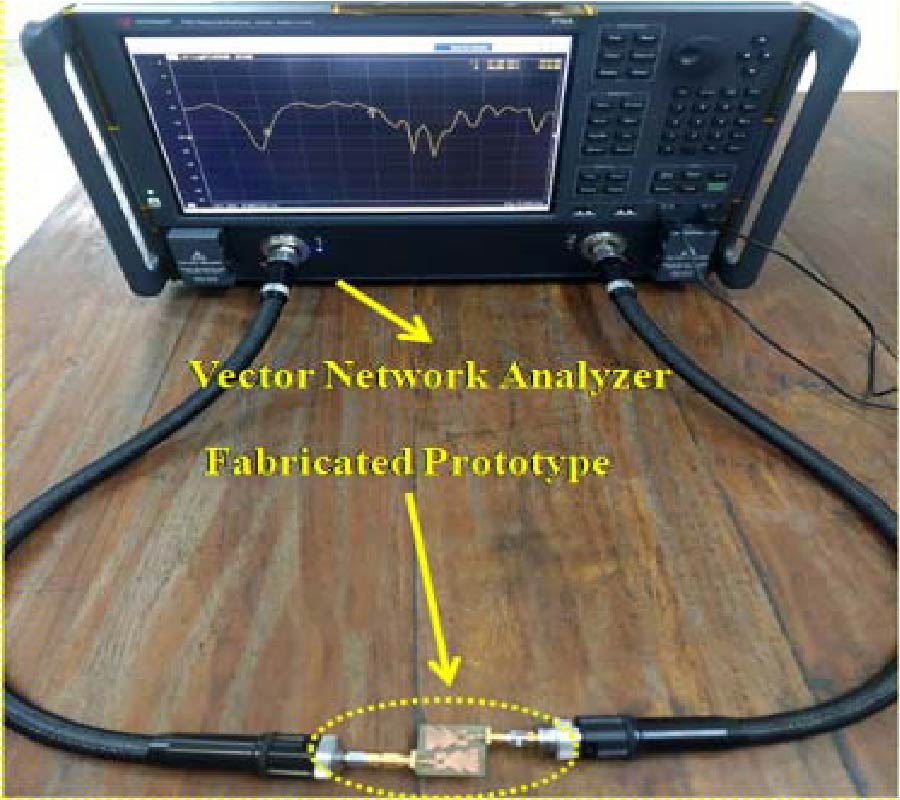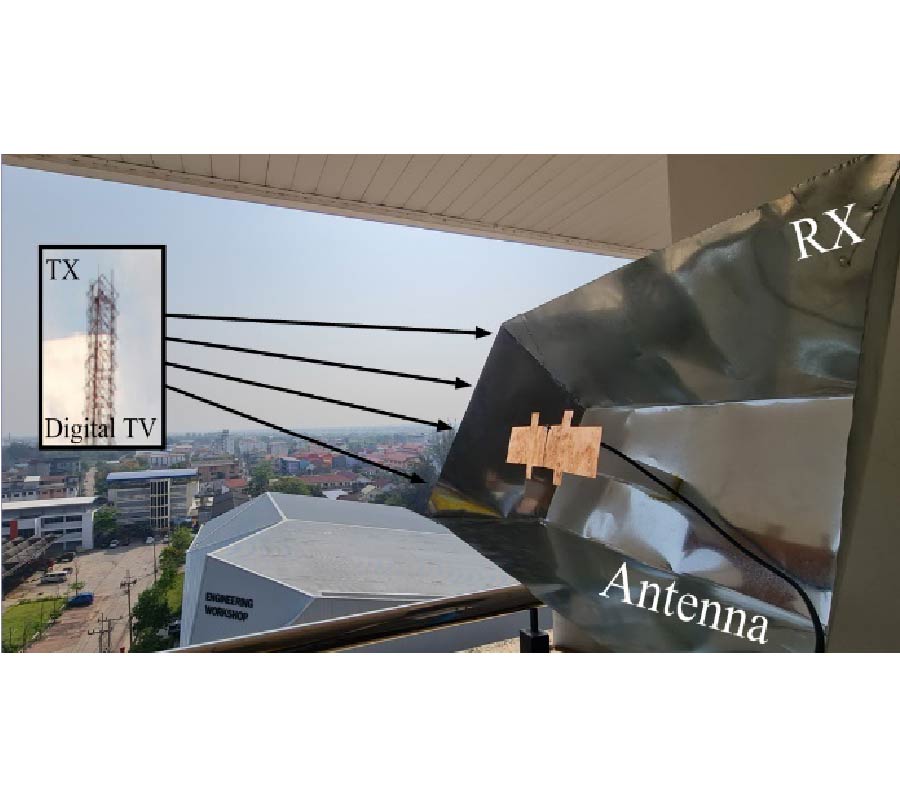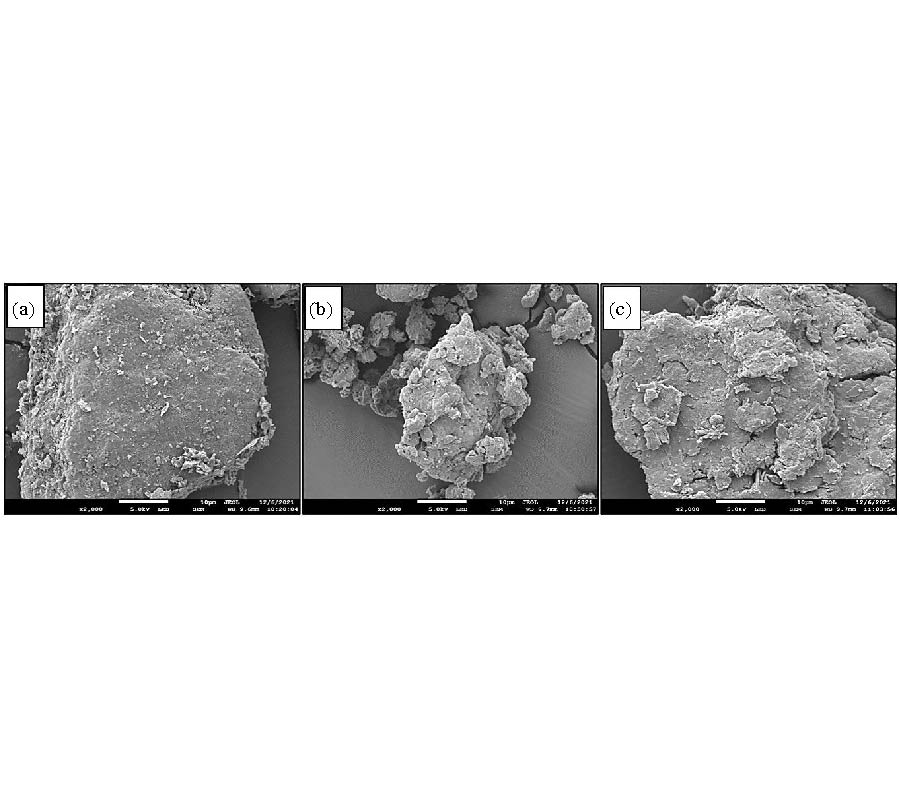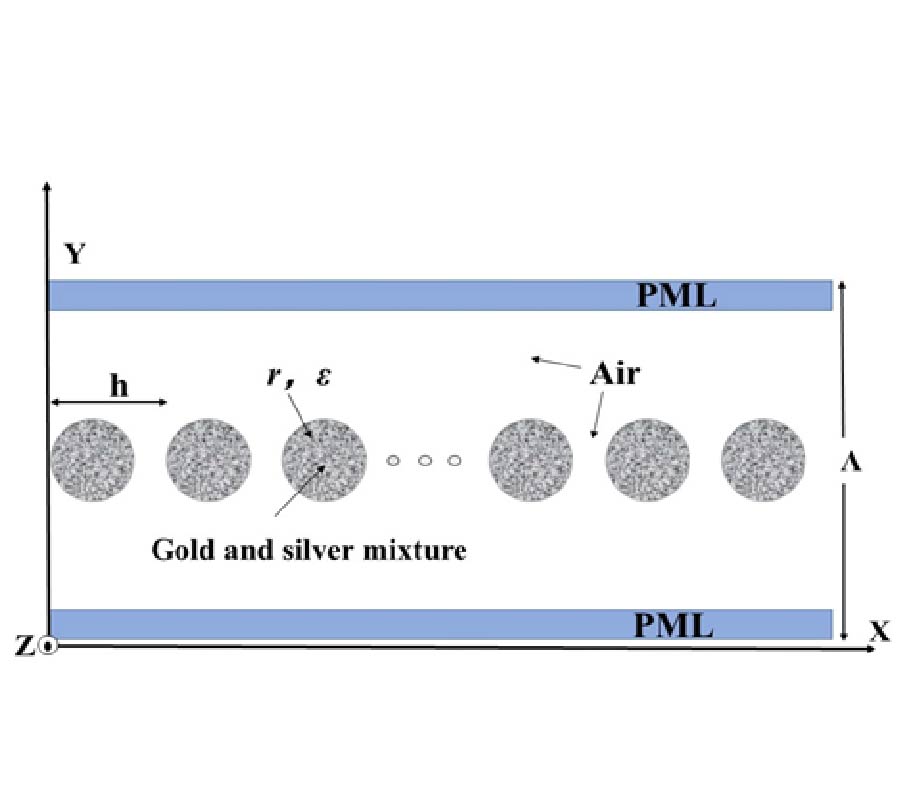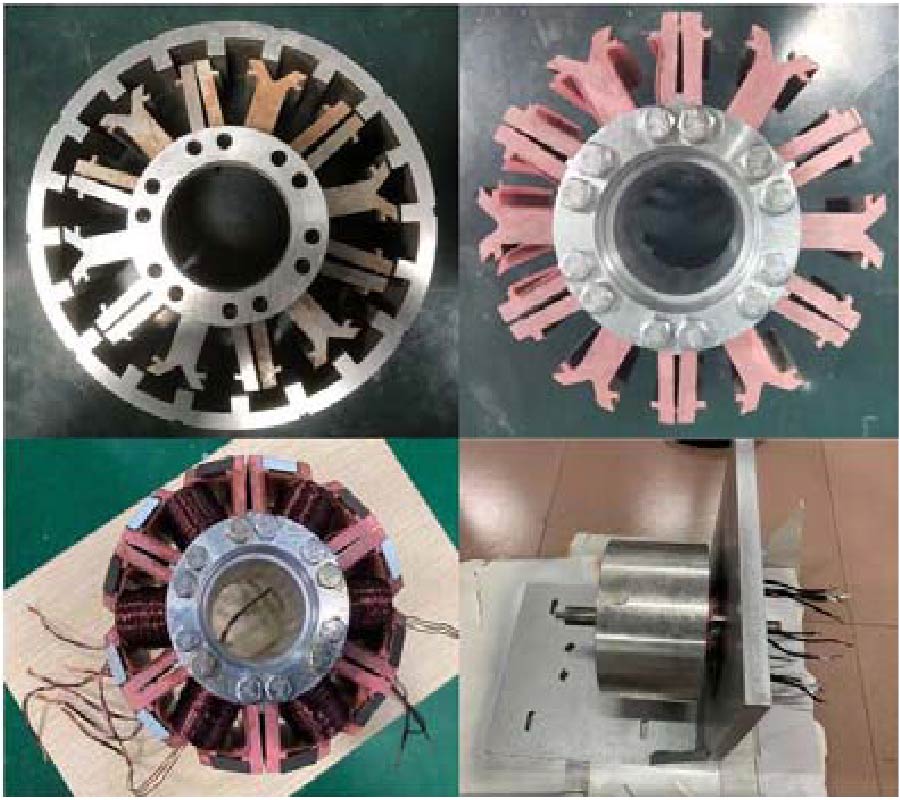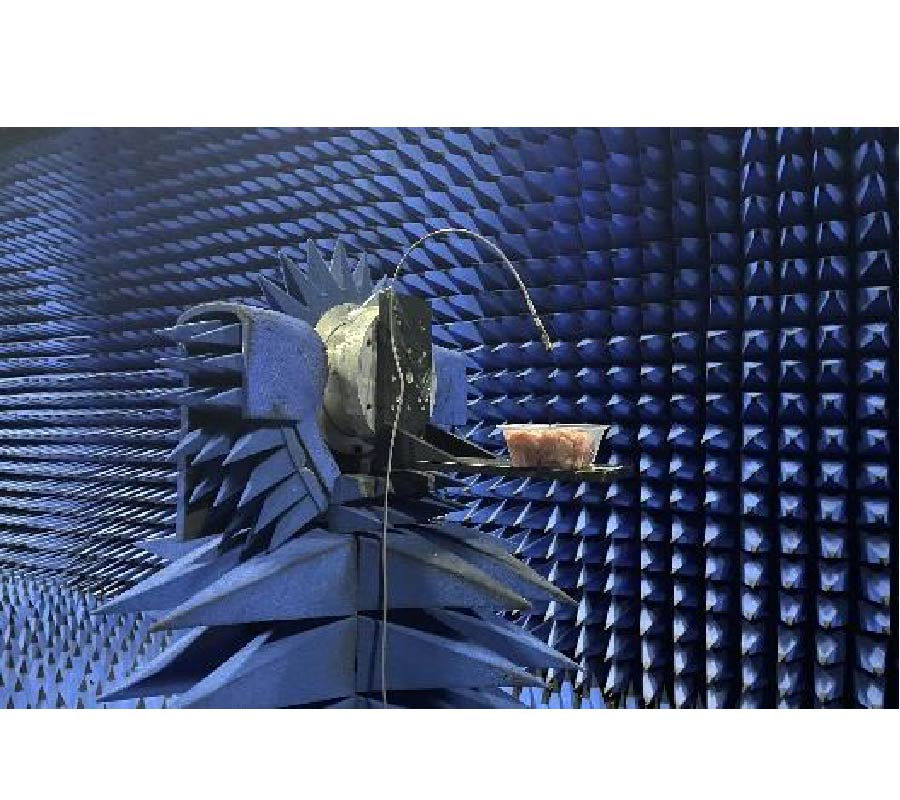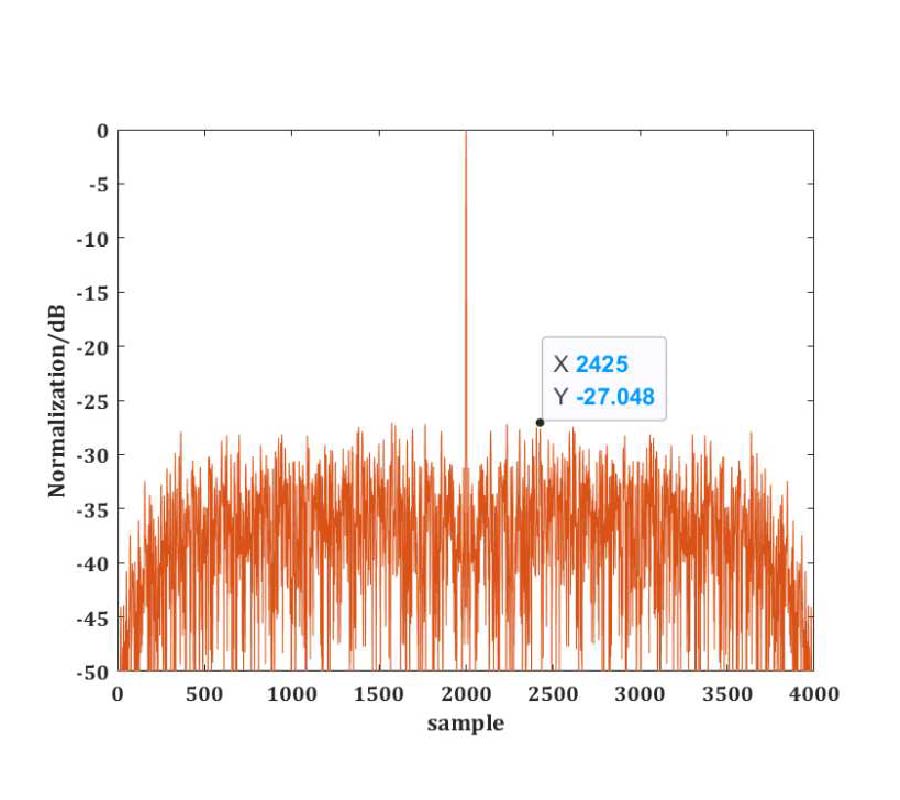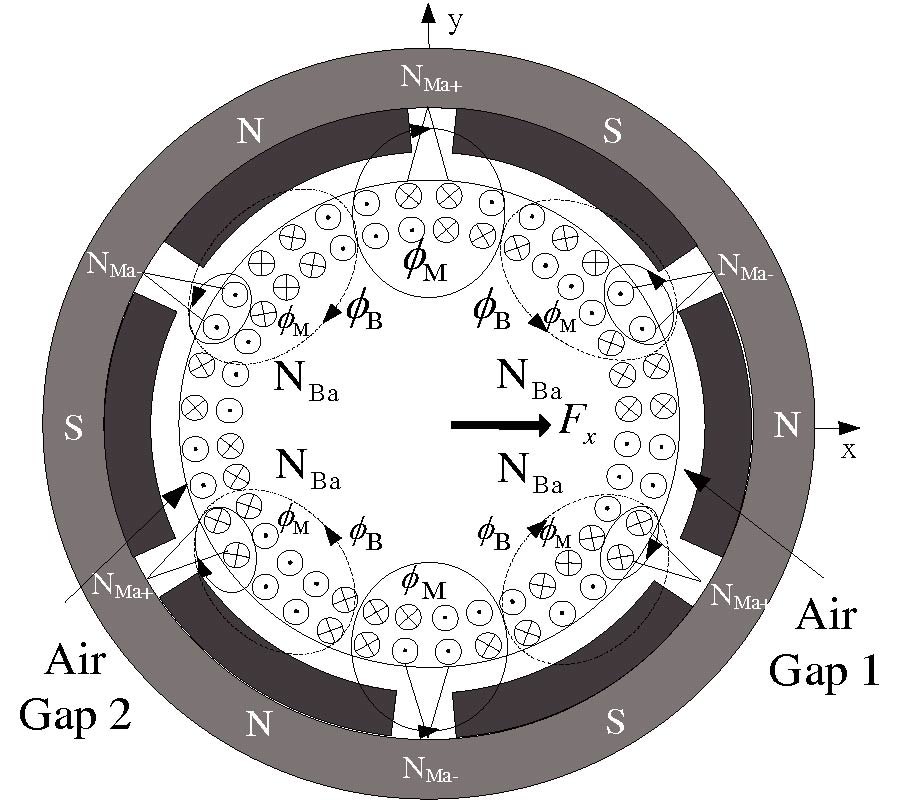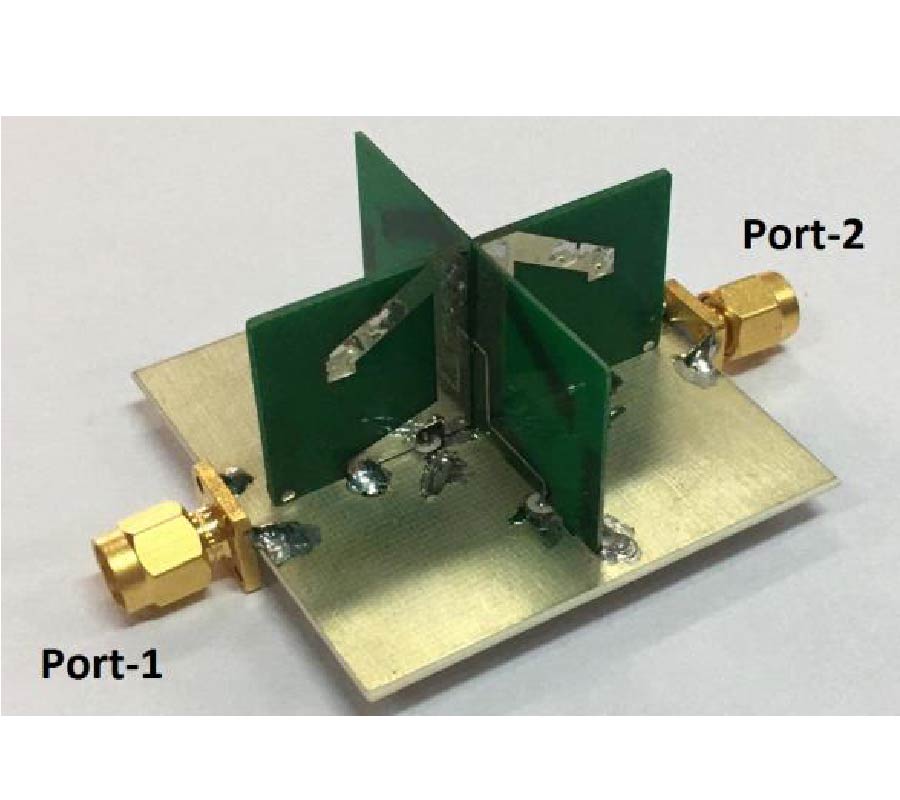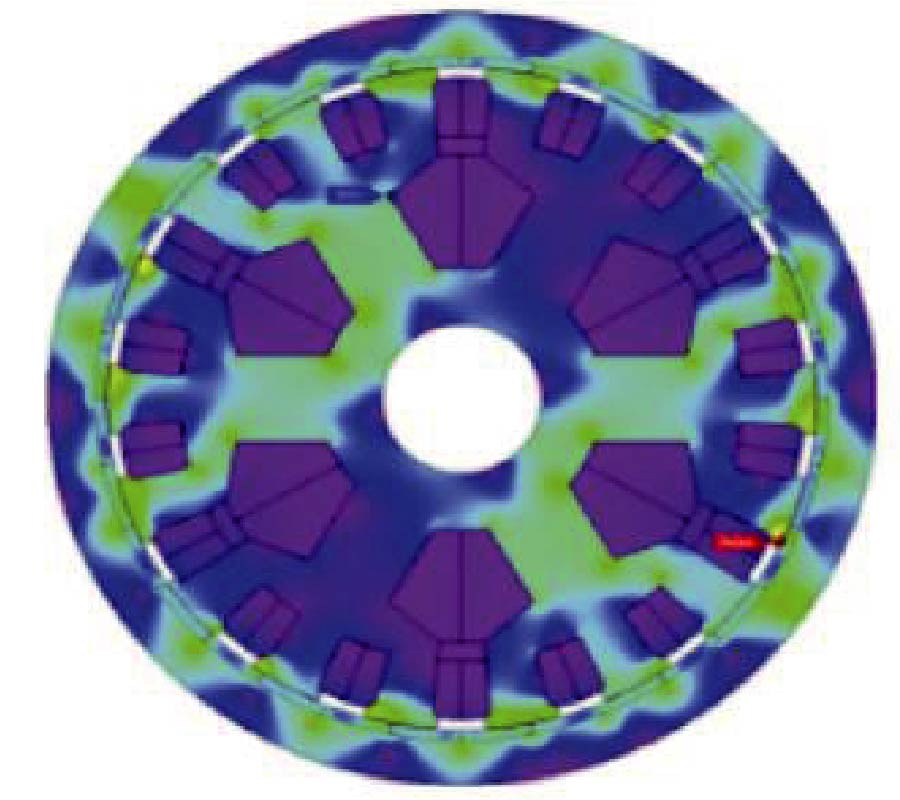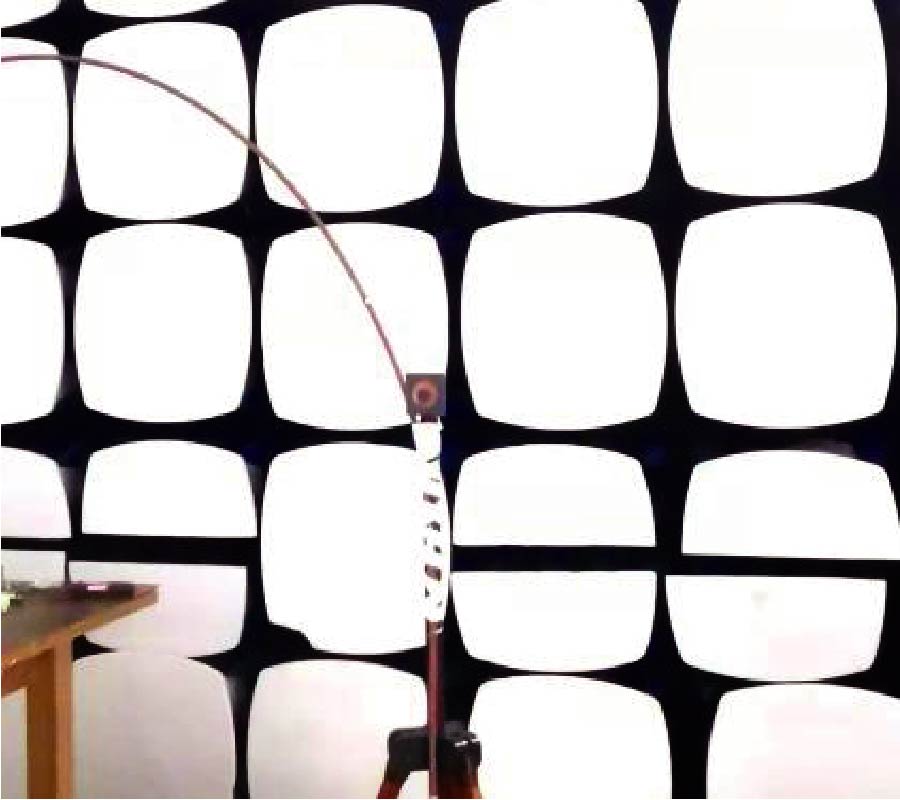Graphene-Based Material for Microstrip Bandpass Filter
Nur Iffah Zulaikha Azman,
Nur Amirah Athirah Zaini,
You Kok Yeow,
Fahmiruddin Esa,
Rodziah Nazlan and
Mohamad Ashry Jusoh
Graphene has become one of the most essential materials in recent years due to its numerous advantages and benefits. Because of its features, graphene is becoming more widespread in a variety of applications, particularly in electrical devices. In this research, graphene thick film paste (GTP) has been used to fabricate a microstrip bandpass filter (BPF). To obtain graphene nanoparticle powder, graphene oxide (GO) was synthesized from nanoparticle graphite using the Improved Hummers Method (IHM). The graphene oxide (GO) was chemically reduced to reduced graphene oxide or graphene (rGO) using ascorbic acid as the reducing agent. The structural and morphological properties of three nanoparticle powders, G, GO, and rGO, were investigated. An X-ray Diffractometer (XRD) (Rigaku Miniflex) with a diffraction angle of 10˚ to 60˚ was used to differentiate and determine the structure of crystalline materials. Thermal stability of the samples was identified using thermogravimetric analysis (TGA). The synthesized rGO has been used to fabricate BPF circuit. The obtained nanoparticle rGO was mixed with an organic carrier composed of linseed oil, m-xylene, and α-terpineol to form GTP. The GTP was screen printed on RT duroid 5880 substrates to form BPF circuit. The BPF circuit that was created was tested for paste-to-substrate adhesion. Then, the fabricated BPF circuit was tested using vector network analyzer (VNA) and compared with conventional BPF to obtaine scattering parameter results which include return loss, insertion loss, and bandwidth. The graphene BPF circuit demonstrated a good performance with return loss and insertion loss at -27.481 dB and -0.725 dB, respectively, and a bandwidth of 1.5916 GHz while conventional return loss was -26.750 dB and insertion loss value the same as graphene which is -0.725 dB and bandwidth 0.7077 GHz. From the result graphene BPF showed better result than conventional BPF.
